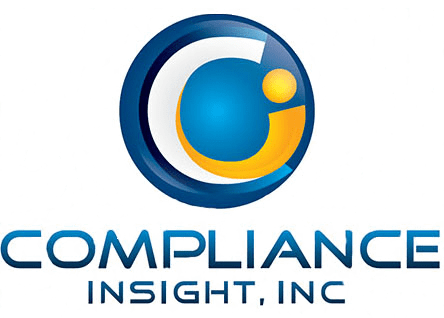Documentation That Tells a Story
Under QSR, documents proved compliance. Under QMSR, they must prove control.
Every record should show how a decision was made, the risk it addressed, and the result achieved.
Key Documentation Elements
- Quality Manual – Defines scope and process interactions.
- Medical Device File – All records related to a device family.
- Risk Files – Integrated into every stage.
- Training and Competence Records – Prove understanding, not just attendance.
Every document must be controlled, current, and readily retrievable during inspection.
Risk Is Now the Heartbeat of Quality
QMSR brings ISO’s risk principle to life: Risk is not a one-time assessment; it’s continuous awareness.
- Design Stage: Risk drives verification and validation decisions.
- Supplier Selection: Risk determines approval level and frequency of re-evaluation.
- Production: Risk dictates monitoring and inspection intensity.
- CAPA: Risk guides priority and effectiveness checks.
How to Build a Risk-Centered Culture
- Train teams to ask, “What could go wrong here?” daily.
- Integrate risk review into every procedure template.
- Trend risk data and report in management review.
- Document rationales for risk acceptance.
Common Pitfalls
- Treating risk as a design-only activity.
- Using vague language like “minimal risk.”
- Failing to verify that mitigations work.
CI’s Perspective
Our clients who restructured documentation early already see benefits: Clearer audit trails, faster approvals, and fewer inspection findings.
We help translate ISO’s risk philosophy into FDA-proof procedures that make sense for your operations. Contact us today!
